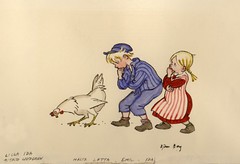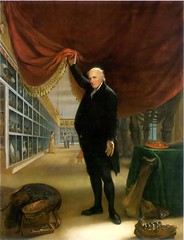
I seem to have developed a strange predilection for women’s fiction over the last few years, and have become a regular viewer – that is, once or twice a month – of the Belgian women’s channel VijfTV since they started airing De Co-assistent . Part of my attraction to women’s fiction is due to the fact that I like to cry (remember, tearjerkers are one of the body genres). Last Friday that station broadcast Linda Hamilton and Jacqueline Bisset in Sex & Mrs. X and I fell asleep afterwards during Cruel Intentions, an interesting update to Les Liaisons dangereuses.
The thing that started my proclivity to chick flicks and women’s fiction was my viewing last summer with my girls of the series Sex and the City during our vacation at Le Crotoy. But even before that, there was my liking of Bridget Jones’s Diaries when it came out and more recently the riveting zipless fuck read by Erica Jong during the summer of 2006.
So it came to pass that I saw Sex and the City: The Movie over the weekend. Since I only do appreciative criticism on these pages I want to focus on three redeeming elements of this film, of which I can say that it lasts 142 minutes, which are 120 minutes too many.
- Redeeming element number one:
Love Letters of Great Men. A fictional book, which will soon enough become a real one. Quotes from Beethoven‘s letter to his Immortal Beloved: “Though still in bed, my thoughts go out to you, my Immortal Beloved.” The letter ends in the unforgettable lines
ever thine
ever mine
ever ours
- Redeeming element number two:
The love story between Miranda and Steve. Miranda is the only woman in Sex … whose acting moves me. I’ve always liked Steven.
- Redeeming element number three:
Louise, the asistent to Carrie Bradshaw is quite endearing. She is played by Jennifer Hudson.
Finally, trying to stay clear of negative criticism, does not mean I cannot use somebody else’s words to lambast this film: Manohla Dargis of The New York Times found Sex and the City: The Movie “a vulgar, shrill, deeply shallow — and, at 2 hours and 22 turgid minutes, overlong — addendum to a show.”










